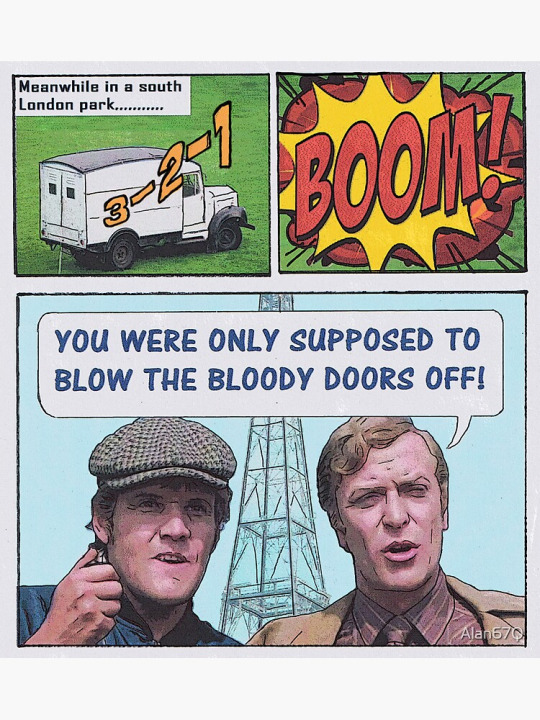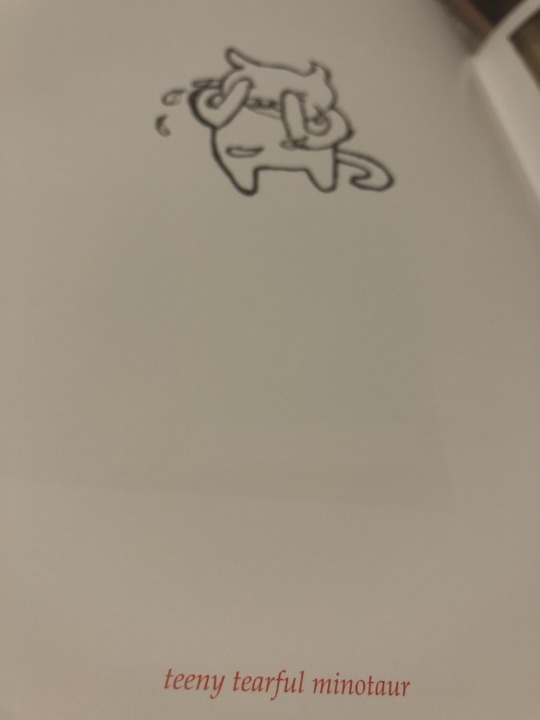Don't wanna be here? Send us removal request.
Text
Design/Dasein
my undergraduate degree taught me about this 'goldilocks moment' that can happen in design™️. There's a 'sweet spot' where "if something is done well, it might be good."¹ Like in comedy, when a joke relies on wit, humour, timing and strong delivery. Design has to be intelligent, contextually informed, and well-made(timing/delivery). It also has to be "meta" without the use of the word "meta". So, instead, lets label this concept as 'adequately self-referential and self-informed'.² My understanding is that 'objects', lets call these 'entities' from now on, as 'objects' implies these always manifest in a solely physical form (which is untrue). A 'good design' can be merely a thought, a sentence or an idea - a meme referenced at the correct moment, a mement.
So, good design manifests as a self-referential, intelligent, contextually appropriate, and well-made object entity. As a student in the design department at Goldsmiths, you learn to identify these objects entities, as they seem to hit a tickle-spot deep in the back of your brain. This sensation is known as "so fucking goldsmiths"³, and alerts you that you, (or more often in my case, someone else) has discovered or designed an enigma, a 'design entity'.
Perhaps this is why I am more suited to reading and writing about such things as opposed to making them, physically, with my hands. But arguably, writing is the intangible medium in the canon of designed objects entities.
™️Goldsmiths Design is a unique force. as the only non-specialist design degree in the UK (at time of writing, and I think for some time to come). It practices multi-disciplinary/post-disciplinary, or my preferred term - universal design.
Process (specialism) is taught as a secondary, supporting, less-important component to methodological approach, which is highly critical and concept-led. We often found ourselves using the justification of 'ideas first, tools and skills later', which meant we would not be limited by the confines of our human-body boxes; you don't have to think outside of a box that doesn't exist.
(See image, "you were only supposed to blow the bloody doors off").

¹ Sean Hall, in a lecture one wednesday morning at Goldsmiths Design Department, somewhere in 2017 or 2018, I think. Celeste Williams has reminded me of this multiple times, and we frequently reference it in conversation to this day.
²For a more detailed explanation, one should read Marshall McLuhan's 'Medium is the Massage', it explains that correct media choice is dependent on content, I think.
³This expression, iirc, can be found in Stuart Bannocks' book Hello My Name Is Stuart Bannocks and I Am A Designer, which was published in 2010 and is seemingly no longer available on amazon preview, where I definitely saw a badge with 'so fucking goldsmiths' on it.
0 notes
Photo

TEENY TEARFUL MINOTAUR
image source: KID A MNESIA Thom Yorke & Stanley Donwood
image description: black and white line-art of a small minotaur with smaller horns, and fingerless arms over tightly shut eyes. his tears defy gravity and fly from his eyes in the shape of a circle away from his face. His mouth is black with three white, rounded teeth. The mouth is turned downwards and open. he has tiny, rounded legs and a long, round-ended tail that sits on the floor behind him. the book it tilted so the minotaur is further away, and the red text caption ‘teeny tearful minotaur’ is barely in frame at the bottom of the image. it’s an italic, serif font with thin strokes.
A letter to the teeny tearful minotaur:
Do not cry, teeny minotaur, as I found your cousin, Baal, in another book I own. He is drawn, the same as you, with black lines on white paper.
You have the same horns.
I want you to know you are not alone
Your myth...
...he has one too.
But your story is more popular, teeny minotaur. More people know your past, and why you may cry.
You are easier to find, teeny minotaur, for I know your illustrator. I cannot say the same for poor Baal.
Your recent creator has drawn you in many places, on many pages.
You have been gifted this wonderful re-birth, and in your appearance I know you. But I am yet to understand your appearance here, and know why you might be drawn again and again, always crying.
Was it your intention to take up space in my head, Stanley’s head, and be seen by anyone else lucky enough to catch a glimpse of you?
And why are you teeny? Does this let you wiggle into smaller places to cry?
I am sorry you are not happy, teeny minotaur. But I hope to learn more about you, your horns, your tears, and your appearances. Where do you go between the times you are drawn? Or are you a prisoner, trapped between the pages of books in which you reside - a statue destined to hold this pose for eternity?
2 notes
·
View notes
Photo

BAAL
image description: a page of a bible from 1868 depitcts BAAL, a drawing of a heavy face with two small, goat like horns, droopy elf shaped ears and cloud-like hair on the top of the head. strong lines are used for the brow and nose bones, and the eyes are without irises. the top lip is structured with cupid-bow like edges, and the bottom lip is rounder. both lips are full and large. the chin and lower half of the face are heavier and rounder, with a large thick neck, that is drawn like a broken statue that finishes at the collar bone (it’s a bust). there is a seven-point star to the left of the head, and an eight point star above, and another to the right of the head. the shading on the stars is heavy and one-sided, almost making them look three dimensional, but depending how you see it, they are either protruding from, or cut out of the page. the word ‘BAAL.’ is printed in block capitals below the image. the letter ‘b’ is smaller and thinner than the ‘a’ ‘a’ ‘l’, and there is a heavy full stop ‘dot’ at the end of the word. the letters are serif.
Quote: “Baal was the chief male deity of the Canaanitish races and their descendants. The name itself signifies the sun-god, as the sun is preeminently the principle of physical life, and the propagating power of nature.”
My mind keeps drifting to this image, I was not drawn to any other in the bible like I was to this one. Perhaps the contemporary nature of the 7/8 point stars and their positioning resonates with my current obsession of astrological imagery and illustrations. The mystical nature of this bust also intrigues me; why are the goats horns present? and what ears are attached to this head? they are not human.
I do not know enough about busts, statues, myths or religion to understand or know the story of Baal, as there are several polemics depending on who you listen to. Some will say they’re the God of rain, or fertility, or the sun. Other references to Baal, or Bæl, appear in the ‘Demons of the Ars Goetia’, a demonic journal with demonic seals and symbols.
I wonder if they are the same Baal, or different and unrelated. I wonder how different cultures and belief systems created the stories of Baal and their powers. Or, is Baal the object to which we can ascribe our own perceptions of their character and capabilities? Is the bust of Baal a blank canvas upon which our own stories can be written?
Perhaps Baal is as elusive to the writer of this Bible in 1868 as they are to me now, and maybe why we are only presented with the bust of Baal and there are no other illustrations of them on pages either side of this one. I have deliberately removed my gendering of Baal, as the text says ‘male’, but I do not want to accept this as factual, when clearly so many other details are missing, conflicting, or different depending on their source. I wonder what the lower half of Baal may have looked like if the illustrator had not stopped at the collar-bone. Would we have seen half-human, half goat? Other images of Baal look nothing like this illustration; here he looks more like a minotaur than the slender-looking statues found ruined temples in Israel from 3,200 years ago.
There is another ‘relief’ statue of Baal, called ‘Baal with thunderbolt’ or ‘Baal stele’ that was found in Ugarit, syria, in which Baal seems to be wearing a helmet, with small, curved horns on the front. This statue is apparently held at le Louvre. I don’t know why this Baal would be wearing a helmet, and the 1868 illustration in my photo looks to have grown the horns himself, as a hybrid creature.
1 note
·
View note





